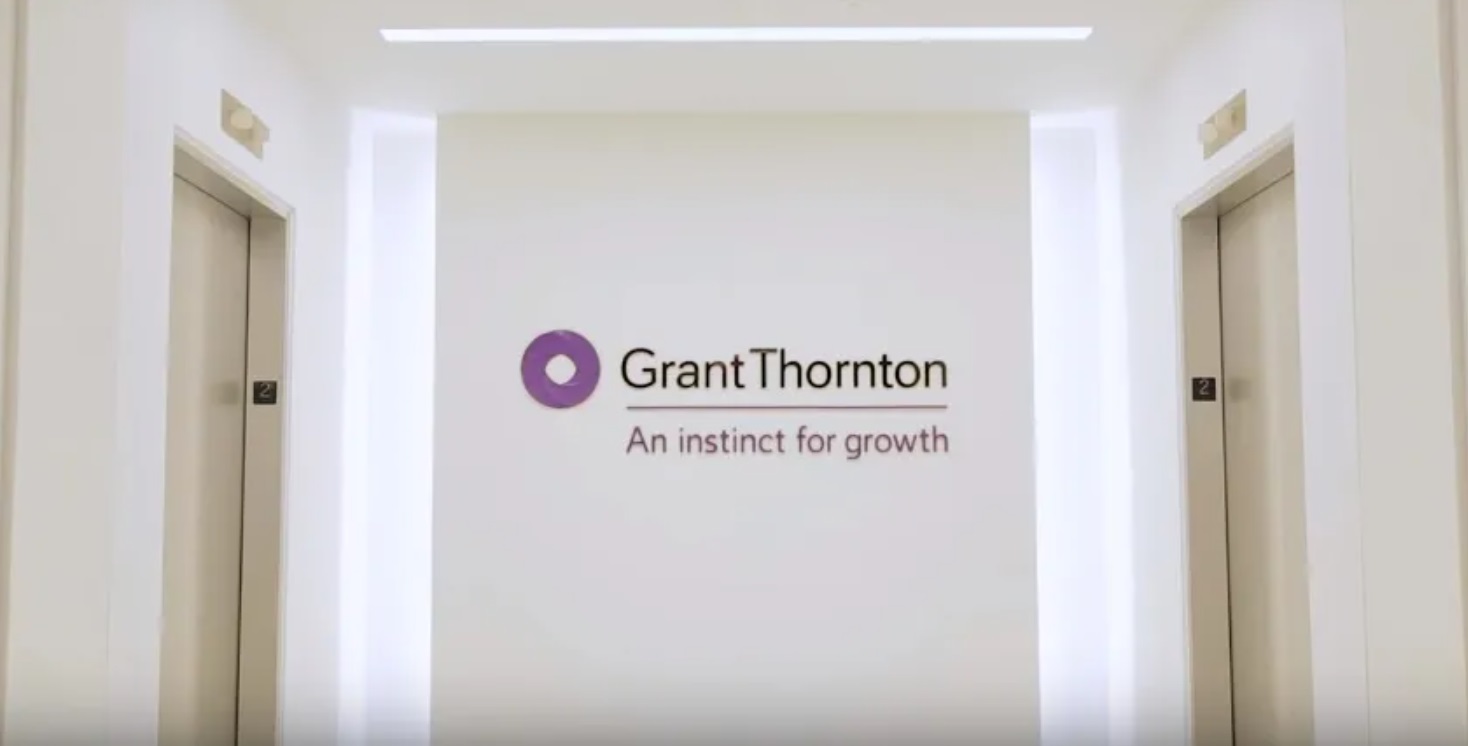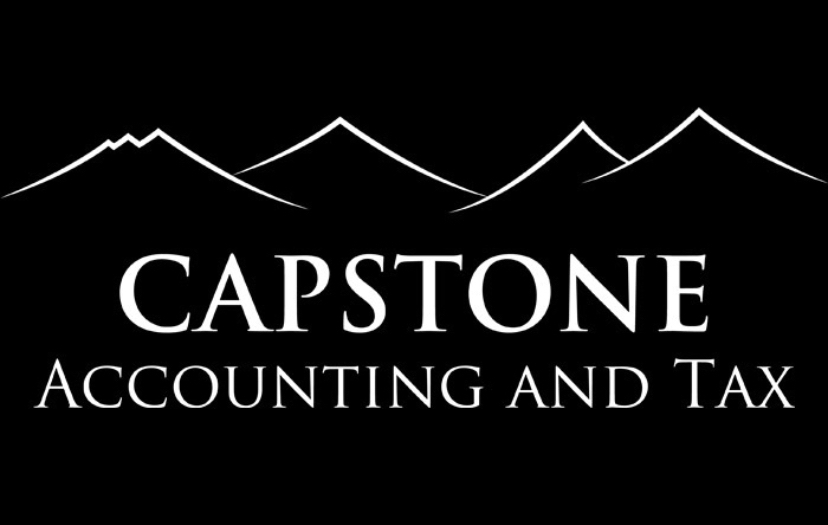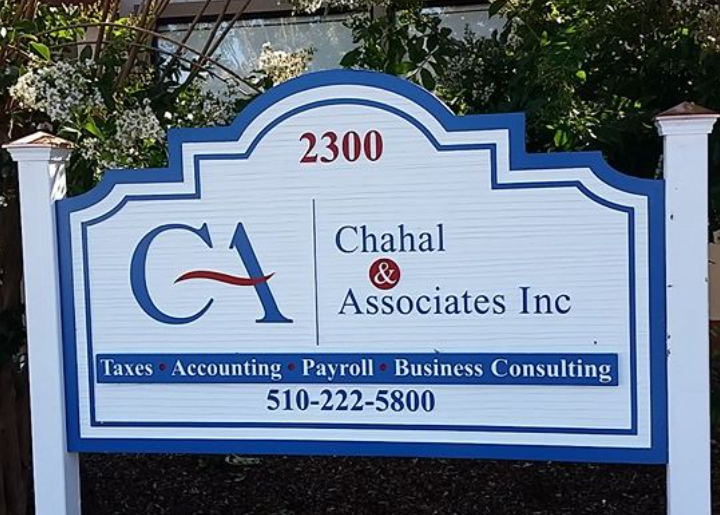Like many industries, the COVID-19 pandemic has made a lasting impact on accounting. Many of us found ourselves scrambling to conduct business in new ways with new technologies, just to survive.
If you’ve made it through, let me offer my congratulations. Borrowing some brilliance from McKinsey’s Senior Partner Kate Smaje, our industry, like so many others, has been part of a massive experiment in how to be nimble, flexible, and fast.
You may now be back in the office. Or chose to remain virtual. Or adopted a hybrid approach. But that doesn’t mean your worries are over. Far from it, many CPAs still face significant challenges, and a common thread is the workforce.
If firms are to recover and emerge stronger post-pandemic, they are going to need a new approach to address employee turnover and labor shortages. If you’re looking to navigate this new landscape, consider three approaches to address workforce woes.
1. Secure your base
Use a check-in exercise to touch base with your employees to say, “We’re trying to improve. What do you think is working well? What’s not going well?” Or, “What is the best part of work for you?”
These meetings can take the form of one-on-ones, surveys, or even be conducted by a third-party to give employees the room to be honest and open. The feedback and insights can give direction to make improvements that strengthen relationships and retain the employees you have.
The check-in can also be used to gain insight into why employees are leaving, to diffuse tension among team members (“We care about you. What’s causing stress on the job?”), or to establish a baseline before you make policy changes or begin using new tools.
2. Automate. Automate. Automate.
We’re all looking to do more with less. Where can you work smarter rather than longer or harder? The answer may be right in front of you. Keep a very detailed journal of your daily activities for a week. Next, give each task a score: Is this a routine admin task or an expert-level task? Address your lowest-value tasks or biggest hassles with automation. With so many technology tools available now, you can trim these time-robbers from your to-do list (and that of your employees) without breaking the bank.
Look into scheduling tools that can help with coordinating video calls or in-person meetings. Check out workflow tools, like Jetpack Workflow, that can help you get rid of spreadsheets and automate deadlines. There are even free and low-cost apps for handling estimates, proposals, e-signatures, and payments that are really wonderful. The right automation tools can give you back the time to focus on what’s important: clients!
3. Rethink recruiting
Hiring post-pandemic has changed significantly; it is much more of a sales job than before. You might connect with ten prospects just to set two calls where you can deliver your pitch. Here, you’ll need to get creative about selling your firm: why work here?
Firm leaders can easily lose sight of what makes the company different or special. If you’ve done the check-in exercise, you might be able to use your employees’ answers about “what works” or “what do you love about your job?” to help with recruiting. You might also be able to pull from why you founded the company: more flexibility, more freedom, deeper client relationships, leaner processes, more of a family environment, etc.
The job market is really tough. You will also need to consider non-traditional ways to meet your needs. This includes fractional roles, outsourced services, remote work, and gig work. These options can be used as a stop-gap solution or long-term when traditional hiring isn’t yielding the results you need.
The pandemic has permanently altered our industry, and firms that survived the last few years have proven that they can be fast and flexible. As you plan for the future, addressing workforce risks will again require you to be nimble and even experimental, trying new approaches, new mindsets, and even more new technology in your practice. Go forward boldly – and know you’re in good company with other accounting firm leaders who know you must evolve to grow.
=======
Jetpack Workflow CEO and business evangelist, David Cristello, founded Jetpack in 2016 with the vision to help customers deliver their best work— from developing software solutions that help professionals solve their painful workflow problems, to personalized and fun onboarding and training, to curating helpful and informative resources through the company’s podcast and blog. The company now serves over 7,000 customers in 18+ countries, which collectively completed over 5 million client projects on time.
Thanks for reading CPA Practice Advisor!
Subscribe Already registered? Log In
Need more information? Read the FAQs




